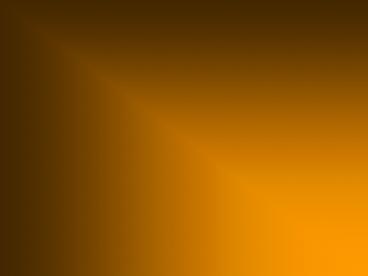DIGESTIVE SYSTEM PowerPoint PPT Presentation
1 / 26
Title: DIGESTIVE SYSTEM
1
(No Transcript)
2
Digestive System
3
I. Features of the Generalized Vertebrate Gut
- A. Mouth - orobranchial cavity1. Amphioxus -
filter feeding and associated with gill slits - 2. Lamprey - oral disc with teeth for
rasping
4
- 3. Gnathostomes- mouth with true jaws
- Stomodeum invaginates from ectoderm of body
covering (breaks through) - Rathke's pouch gives rise to anterior pituitary
5
B. Teeth
- 1. Origin - evolved from dermal denticles
associated with the placoid scale
Shark placoid scales and teeth
6
- 2. Structure of the toothEnamel - from
Ectoderm - Remainder of the tooth arises from mesoderm
- Dentin - interior to the enamel
- Cementum - below the gum line
- Pulp - living region with blood supply and nerves
7
3. Trends
- a. Location - some fish - branchial barsothers -
premaxillary, maxillary, dentary, and palatine
bones - b. Number - Polyodont - numerous teeth, variable
in number -trend is toward reduction in number - c. Replacement
- polyphydont polymodal - several sets and
teeth are replaced when lost - diphyodont - 2 sets as in mammals - deciduous or
milk and permanent teeth
8
- d. Formhomodonty - all teeth have nearly same
morphology - most vertebrates - heterodonty - teeth with differing morphology
and function - mammals some reptilesincisorsc
aninespremolarsmolars
9
More on heterodonty
Permanent teeth
Deciduous teeth
10
Tooth Formula
- I - C - P - M
- I - C - P - M
- Primitive mammals 3 - 1 - 4 - 3
- 3 - 1
- 4 - 3 - Human 2 - 1 - 2 - 3
- 2 - 1
- 2 - 3 - Lab Mouse 1 - 0 - 0 - 3
- 1 - 0
- 0 - 3 - Cattle 0 - 0 - 3 -
3 - 3 - 1
- 3 - 3
Total number of teeth
44
32
16
32
11
e. Anchorage of tooth to bone
- acrodont - in fish and attached to surface of
bone - pleurodont - in amphibians and most reptiles and
attached to a bony shelf - thecodont - fossil birds, crocs and gators, and
mammals and imbedded in socket (deepest in
mammals)
12
(No Transcript)
13
C. Glands of the mouth
- Salivary Glands - submaxillary, sublingual,
parotoid, suborbital, mandibular, zygomatic -
presence is variable among vertebrates. - Saliva serves for lubrication and digestion
- Venom Glands - poisonous snakes and evolved from
salivary glands several times independently
14
D. Tongue
- 1. Fish - pad on basihyal bone
- 2. Amphibians - first true tongue - hyoid arch
here also - 3. Reptiles, birds, and mammals - muscular tongue
generally only in mammals and reptiles , others
flood with lymph or blood - 4. Associated muscles arise from myotomes of
arches I, II, III)
15
E. Esophagus
- 1. Length - short in fish and amphibians,
- longer in amniotes - to bypass lungs and
heart
16
- 2. Muscles -
- upper esophagus- smooth plus striated
- lower - smooth
- 3. Modifications -
- crop in birds - sac-like expansion of esophagus
for storage
17
- F. Stomach - originally for storage
- 1. Occurrence - absent in lampreys, lungfish,
some bony fishes - General trend is for increase in complexity
elsewhere
18
- 2. Regions of the stomach -
- cardiac
- fundus
- pyloric
- Regions designated based on histology (functional
cell types)
19
3. Specialized stomachs
- Stomach (foregut) fermenters - ruminants
- cattle, deer
20
G. Intestine
- Small and large intestines in most vertebrates
- Mucosa (lining) adapted for absorbtion with folds
and cellular structure - Intestines are short in carnivores, long in
herbivores
21
H. Caecum
- Hindgut fermenters - Caecum houses bacteria to
digest cellulose
22
Relict caecum in humans - appendix
23
I. Cloaca
- Common exit for digestive and urogenital tracts
among vertebrates - Present embryologically in mammals
- Present in adults of nearly all other vertebrates
except fish
24
Fate of the cloaca in mammalian development
25
II. The Liver
- A. Development - outpocketing from gut whose
constriction remains as bile duct and gall
bladder is an expanded portion of ductHepatic
caecum of gut in cephalochordates such as
amphioxusB. Digestive function - secretion of
bileC. Other functions detoxification destruc
tion of RBCs stores glycogen fatty materials
- cholesterol
26
III. Pancreas
- A. Origin - dorsal and ventral outpocket of gut
maintaining union with prancreatic duct - B. Functions1. Exocrine function produces
digestive enzymes 2. Endocrine function
produces two hormones - - insulin and glucagon

